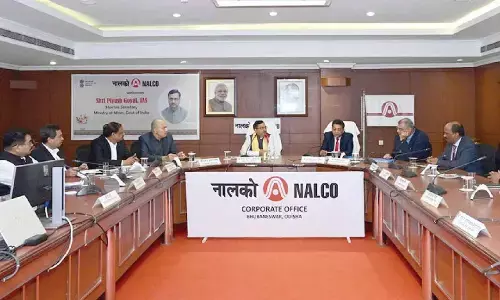Premiumization revolution taking the world by storm

Companies are segmenting clientele into two distinct groups: premium and discount buyers
This year, premiumization will be more than just a buzzword; it will be a key strategy for brands wanting to stand out in a crowded space. This trend goes beyond simply raising prices; it’s about creating an offering that provides real value to the consumer through superior quality, exclusive experiences and or unique product features. Successful premiumization requires a deep understanding of the target market and the ability to communicate the added value of the product or service in a way that resonates with consumers. One of these was “premiumization,” the creation of luxury versions of products that can be sold at elevated price points. This allowed companies to attract and retain higher-income consumers and generate more revenue while producing fewer goods. And, as consumers became accustomed to navigating rising costs in nearly every sector, brands were able to more easily introduce these more expensive offerings.
Coming out of the pandemic, consumers have roughly $1.4 trillion in excess savings–the vast majority of which is held by the top 40 per cent of earners–and companies are motivated to continue finding outlets to specifically cater to this spending power.
For any business to succeed, it must identify and cater to its target market. Based on what was being sold, the ideal buyers could span many income levels. As a result of premiumization, however, companies are increasingly segmenting their customers into just two distinct groups: premium and discount buyers.
One thing that is distinctly clear is that the motivation to offer premium products is relatively clear. But, there are also growing opportunities from discount buyers–particularly as brand loyalty wanes among these consumers.
India is one of the fastest-growing economies in the world. By 2030, it is on course to witness a 4x growth in consumer spend. It will remain one of the youngest nations on the planet but will be home to more than one billion internet users. The new Indian consumer will be richer and more willing to spend and with specific preferences. By 2030, India will move from being an economy led by the bottom of the pyramid, to one led by the middle class. Nearly 80 per cent of households will be middle-income, up from about 50 per cent today. Moreover, it is the middle class that will drive 75 per cent of consumer spending in 2030.
As 140 million households move into the middle class and another 20 million move into the high-income bracket, they will spend 2-2.5x more on essential categories (food, beverages, apparel, personal care, gadgets, transport and housing) and 3-4x more on services (healthcare, education, entertainment and household care). Upper-middle-income and high-income entrants will drive a 15-20 per cent increase in the ownership of durables (washing machines, refrigerators, TVs and personal vehicles).
Millennial and Generation Z preferences will significantly shape the market. These consumers will be able and willing to spend more but will also be more discerning. In 2030, 77 per cent of Indians will be born in the late 1980s and onwards. This generation of consumers will have had exposure to more product and service options than their predecessors. These youngest Indians already exhibit the greatest willingness to increase spending over the next 10 years, but they are also highly discerning about what they consider “best in class” offerings in every consumption category, from apparel to cars.
Businesses will have richer and more willing buyers, who, however, will be highly informed and make specific choices for themselves and their families. A report by Goldman Sachs, titled ‘Rise of affluent India’, points out that the number of affluent Indians - those with an annual income of $10,000 or more, has grown nearly 12 times faster than the overall population in four years starting 2019 - 2020. This indicates the rise of premiumization in the economy.
Premiumization continues unabated, with watches priced over $ 28,263 driving 69 per cent of the growth and constituting 44 per cent of the total value of export of Swiss watches. However, despite its significant value contribution, this segment represents only 2.5 per cent of the total volume in units.
India in 2030 will be a playground for growth and innovation for consumer businesses - both Indian and global, established and emerging. The transformations in the Indian consumer’s income, propensity for consumption, awareness and tech-savvy approach will create massive opportunities. By then, India will also be a platform for stakeholders to shape a path of inclusive and responsible growth, for fast-growing markets across the world to follow.




















